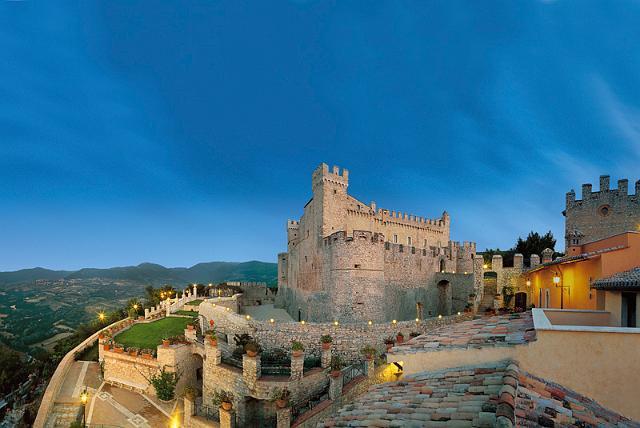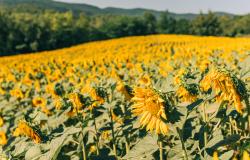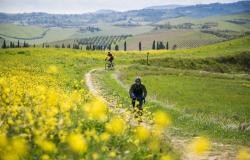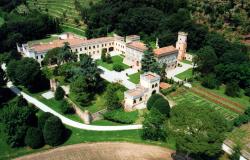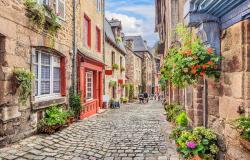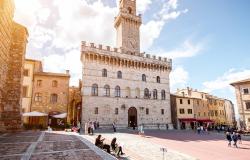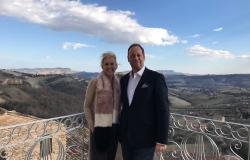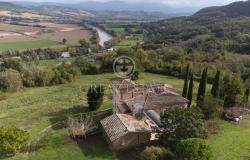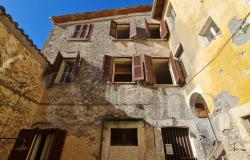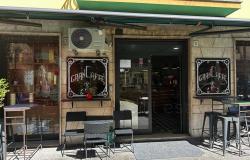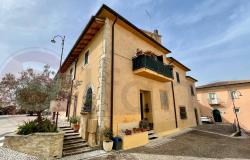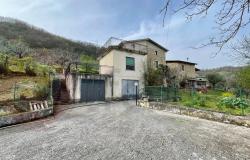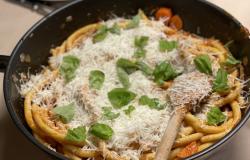Anyone visiting Italy would like to think they’ve found a largely undiscovered part of this wonderfully diverse country, and many are lucky enough to achieve this. Whether it’s the medieval borghi of the Apennines or the ancient dwellings at Matera, Italy has many places of interest that can easily be pigeonholed in the ‘off the beaten track’ category.
One such place is Sabina. A quiet and unspoilt area within the heart of the Rome countryside that many of its visitors say feels like they have stepped back in time. The pace of life is slower here making it a perfect place to spend a few days just taking it easy.
During the day Sabina yawns with the somnolent sound of rural living: the people that live here share their lives with the abundance of wildlife that enjoy this tranquil environment. By day, the Sabine Hills are serenaded by birdsong, and the summer nights enjoy the melodic sounds of nightingales and cricket choruses.
Often ignored in favour of their more famous neighbour, Tuscany, the Sabine Hills are a range of mountains stretching from the eastern town of Rieti to the river Tiber in the west, with its highest peak being Monte Pellecchia, at 1365 metres.
Although Sabina is relatively close to Rome, its tranquillity is juxtaposed with the frenetic pace of the city. The landscape is greener than many people expect and the patchwork of vineyards and olive groves make the scenery unmistakably Italian. The hilltops are dotted with medieval villages and many other places of interest to tempt the traveller to spend some time in the area.

Castelnuovo di Farfa and its celebrated olive oil
The small town of Castelnuovo di Farfa is worth taking the time to explore. Its narrow streets have a quintessentially Italian feel and are worthy of an afternoon’s stroll. The town was once home to some of the most prominent families in Rome, including the powerful 16th-century Barberini nobility and the influential Farnese dynasty whose most important family members included Pope Paul III and Cardinal Alessandro Farnese.
Also worthy of your attention is the Baroque church of San Nicola, built in the latter half of the 18th century and the Renaissance Palazzo Simonetti with its Italian gardens.
No trip to Castelnuovo di Farfa would be complete without a visit to the Museo dell’Olio d’Oliva (Olive Oil Museum) that’s based inside the 16th century Palazzo Perelli, on via Perelli.
Olive oil produced in Sabina is said to be one of the most highly praised in the whole of Italy. Experts say that it’s down to the rocky limestone teamed with Sabina’s climate that creates the characteristic peppery flavour with a low acidity: Sabina olive oil was the first to receive the PDO (Protected Designation of Origin) appellation.
The museum houses many interesting artefacts, including ancient presses and artworks, and is an historical and cultural reference to the importance of oil to the local communities. Your tour climaxes with a tasting session of the locally produced oils.
[The museum’s opening hours are: Saturday, Sunday and public holidays: 10.00am – 1.00pm and 3.00pm - 7.30pm, during the week from Monday to Friday by appointment only. To book call: 0039 0765 36370. Entrance fees apply.] [If you are interested in Olive Oil don't miss our Foodie Guide to Extra Virgin Olive Oil]
Castelli (Castles)

Mainly for their protection, the inhabitants of Sabina moved from the valleys up onto the more easily defended hilltops, and many of these hilltop borghi (villages) are still overlooked by their ancient protectors, imposing castles that were founded between 9th and 11th century A.D. Some of these once magnificent castles have undergone restoration and cater to the corporate and wedding market, while others stand redundant and ruined.
Most of Sabina’s castles warrant a visit, but my top three are:
Castello Orsini is a perfect example of a Medieval-Romanesque castle dating back to the 10th century. As the name suggests, this castle in the town of Nerola is historically linked with the Orsini family. In 1765, while living at the castle, the Duchess of Bracciano and Princess of Nerola, Anne Marie Orsini fragranced herself and her garments with the essence of bitter orange. The use of this orange oil became fashionable and led to it being called Neroli, which is still one of the most used floral oils in modern perfume manufacturing.
Castello Andosilla is the impressive ruin of the fortress originally called Castello Borghetto, which dates back to the 12th century and is located high upon a rocky outcrop overlooking the Tiber valley. In the late 13th century, the castle was in the possession of the Holy Hospital of Santo Spirito, in Rome, before it was sold to the Andosilla family in 1538. The castle’s decline began after being burned down by Napoleonic troops in 1798, and sadly, its imposing, 40-metre (130 feet) tower collapsed in 1950.
Castello Baronale at Montenero Sabino is another 11th century castle that once was owned by the Orsini family before passing through many other noble families. It was originally built to oversee the valley below and the coming and goings at Farfa Abbey. Very quickly a village grew up around it and later this village became enclosed by the castle’s walls. Eventually it came under the ownership of the abbey and grew into a powerful garrison for the protection of its owners. With its two towers, vast 17th century archway and remarkable double staircase, the castle is a great photographic opportunity.

How to get there
Travelling the 60 km (37 miles) north-east from Rome to Sabina is relatively easy, trains run regularly from both Termini and Tiburtina to the mainline stations of the villages as do several commercial coach services, however the rural bus links can be very sporadic and must not be relied upon.
The best way to enjoy Sabina is under your own steam and most definitely at your own pace, the road networks are good and the accommodation available ranges from rustic agriturismi to chic boutique hotels and self-catering villas to quaint bed and breakfast establishments. The region also boasts some of the best places to eat out, from a formal restaurant through to an economical trattoria.
If your idea of a perfect break is relaxing in the tranquillity of the Italian countryside, then Sabina could be just right for you.
